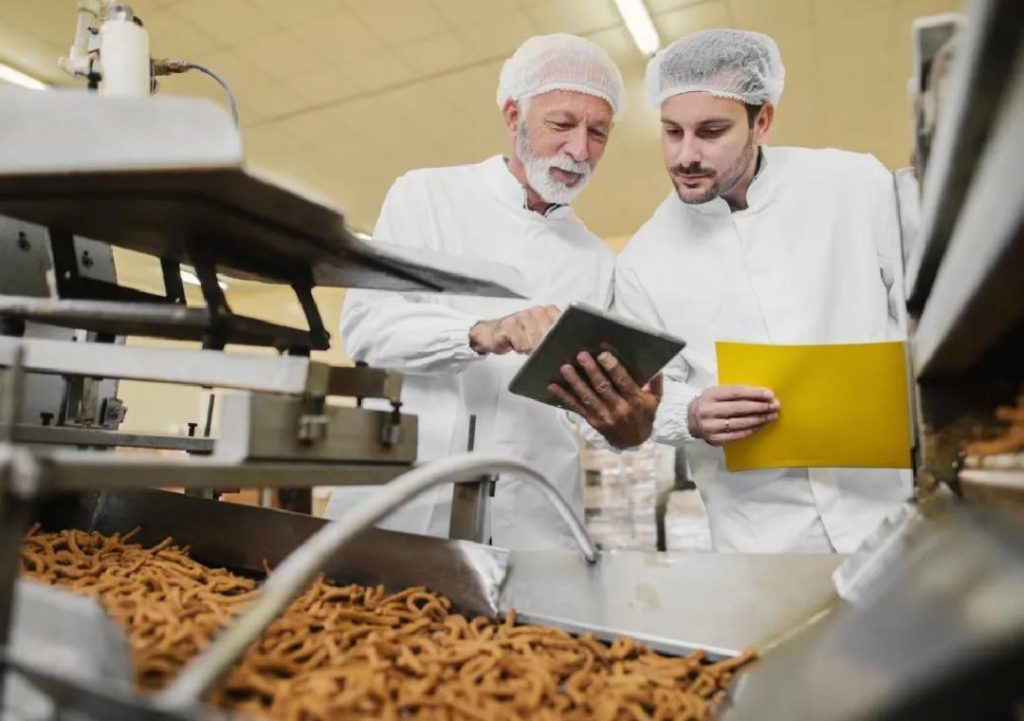
Can P&L Optimisation Redefine Success in Food Technology?
The food technology industry is known for its complexities, from managing supply chains to ensuring food safety and quality. With the rising demand for processed and packaged foods, food tech companies are facing intense competition, making it crucial to optimize their profit and loss (P&L) operations to stay ahead. In recent years, food technology companies have been leveraging automation, smart inventory systems, and data analytics to streamline their P&L operations, resulting in improved profitability and sustainable growth.
The benefits of P&L optimisation in food technology are multifaceted. By streamlining P&L operations, companies can reduce waste, sharpen demand forecasting, and make better-informed decisions. This, in turn, enables them to boost margins, ensure sustainable growth, and remain competitive in the industry. In this blog post, we’ll explore the impact of P&L optimisation on the success of food technology companies and how they can adopt scalable models to achieve their goals.
The Challenges of P&L Operations in Food Technology
Food technology companies face unique challenges when it comes to P&L operations. The industry is characterized by high raw material costs, fluctuating demand, and complex supply chains. These factors make it difficult for companies to accurately forecast demand, manage inventory, and control costs. As a result, P&L operations often become a significant source of inefficiency and waste.
In addition, the food industry is subject to strict regulations and quality standards, which can add complexity to P&L operations. Companies must ensure that their products meet quality and safety standards, while also complying with labeling and packaging regulations. This requires significant resources and attention to detail, making it challenging to optimize P&L operations.
The Role of Automation in P&L Optimisation
Automation is a crucial component of P&L optimisation in food technology. By automating manual processes, companies can reduce errors, improve efficiency, and gain real-time visibility into their operations. Automated systems can help food technology companies to:
- Streamline inventory management: Automation can help companies to track inventory levels, monitor stock rotation, and automate inventory replenishment, reducing waste and improving supply chain efficiency.
- Optimise production planning: Automated systems can help companies to plan production schedules, manage capacity, and allocate resources more effectively, reducing downtime and improving overall efficiency.
- Improve demand forecasting: Automation can help companies to analyze sales data, track trends, and predict demand more accurately, enabling them to make informed decisions about production and inventory management.
The Power of Data Analytics in P&L Optimisation
Data analytics is another critical component of P&L optimisation in food technology. By leveraging data analytics, companies can gain insights into their operations, identify areas for improvement, and make data-driven decisions. Data analytics can help food technology companies to:
- Analyse sales data: Data analytics can help companies to track sales trends, identify patterns, and predict demand more accurately, enabling them to make informed decisions about production and inventory management.
- Monitor supply chain performance: Data analytics can help companies to track supply chain performance, identify bottlenecks, and optimize logistics and transportation, reducing costs and improving efficiency.
- Improve product quality: Data analytics can help companies to track product quality, identify defects, and optimize production processes, improving overall quality and reducing waste.
Scalable Models for Food Technology Companies
To achieve P&L optimisation, food technology companies must adopt scalable models that can support their growth ambitions. Here are some best practices for scalable P&L operations:
- Implement cloud-based solutions: Cloud-based solutions provide the flexibility and scalability required for growth, enabling companies to scale up or down as needed.
- Leverage data analytics: Data analytics is critical for making data-driven decisions, identifying areas for improvement, and optimizing operations.
- Automate manual processes: Automation can help companies to streamline operations, reduce errors, and improve efficiency.
- Foster a culture of continuous improvement: Encourage a culture of continuous improvement, empowering employees to identify areas for improvement and implement changes.
Conclusion
P&L optimisation is a critical component of success in food technology. By streamlining P&L operations, companies can reduce waste, sharpen demand forecasting, and make better-informed decisions. Automation, smart inventory systems, and data analytics are key tools for achieving P&L optimisation, enabling companies to boost margins, ensure sustainable growth, and stay competitive in the industry.
Food technology companies that adopt scalable models, leverage data analytics, and automate manual processes can achieve significant improvements in their P&L operations. By doing so, they can position themselves for long-term success and remain competitive in an increasingly crowded and competitive market.
Source: https://www.growthjockey.com/blogs/p-and-l-operations-in-food-tech






